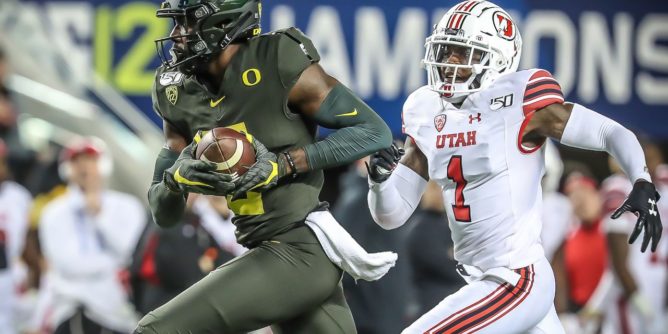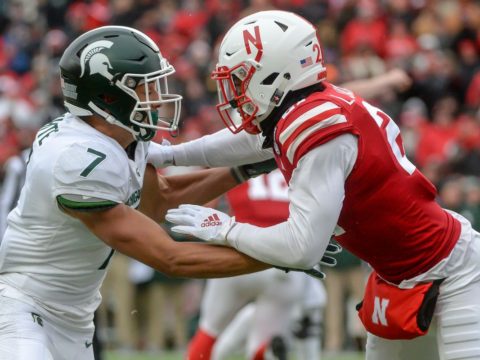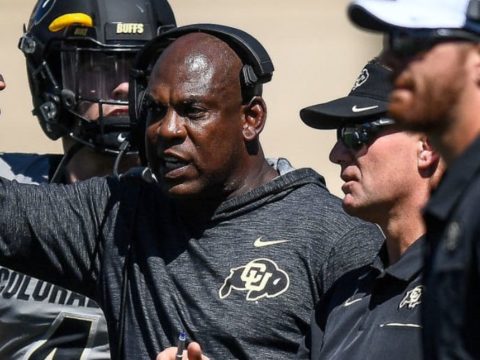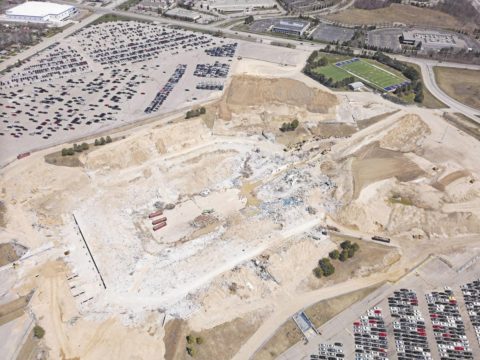
The game has changed.
When I was a boy, I learned to love the game of football at the very advent of TV, and at that time, there was just one college football game televised each week.
Gameday was Saturday exclusively, because that was a day off for college students as well as a half work day for most Americans who worked mornings on most Saturday’s. Games were played at 1:30 PM in each time zone across the county, and that meant games were over by 4:00 PM with minimal interruption of TV commercials. In those day, “Blue” Sunoco was one of the few commercial advertisers.
Saturday’s single, treasured football game was broadcast on just one of three TV networks: ABC, CBS or NBC.
When games were over, it was still daylight and students would retreat to their respective dorms (perhaps fraternity houses or sorority houses) for dinner before going out to the post game dance, while fans who attended the games would retreat to their favorite local bar or restaurant before driving home.
By 4:30 PM each Saturday, in each time zone, the final scores of hundreds of games from across the country would scroll across the bottom of your 15 inch, black & white TV screen, and on Sundays, the final scores of football games from across the country would be posted in your favorite newspaper, one column in vertical format from the top of the Sports page all the way to the bottom: usually on or about page 3. The venerable “Slippery Rock” score always came at the end of the TV scroll, or at the bottom of scores listed in your favorite newspaper.
That was college football circa 1955.
Fast forward to 2020, and hundreds of games are telecast each week from Thursday night thru Saturday night: from Ivy League to Power 5 and all conferences in between, and from all across the country. Today, hundreds of sponsors spend hundreds of millions of dollars to get their name and sales pitch in front of millions of football viewers each week, including but not limited to Buick, MillerLite, Progressive Insurance and the list goes on, and on, and on. Arguably one full hour of each football telecast is committed to commercial advertisements stretching the games from a little more than 2 hours in the 1950’s, to 4 1/2 hours or more circa 2020.
Today, games are telecast across the spectrum on networks that didn’t exist in days gone by: names like ESPN and Fox Sports, and conference networks such as BTN (Big Ten Network) and the economics are “eye glazing”. It is estimated, each Big Ten school alone receives $50 Million each year from BTN for broadcast rights: that’s $700 Million spread amongst just 14 schools and that’s just 14 schools, on just one network. Of course, there are multiple networks and there are 64 Power 5 Schools, and 131 D-1 schools. The economics are “eye glazing”.
College Football is huge business.
Now comes Coronavirus (and players are stating their case):
Money speaks loudly. But in 2020, the players voice may speak louder.
Of course, mixed messages abound; “stay safe,” and “safe distance”, say the public health experts, yet others such as conferences, networks, sponsors, and the Presidential administration say, “open the schools” and “let’s play the games”. But “not so fast” say the players “we want assurances”.
Less than one month before the scheduled start of the college football season, player voices are being heard loud and clear starting with a coalition of PAC 12 players earlier in the week, and now they are joined by a coalition of Big Ten players, and you can expect player voices from across the country will get louder, and louder.
The PAC 12 Players spoke first and they itemized a powerful list of demands. I will list just 10 of their most salient demands immediately below:
- Flexibility to Opt out of 2020 season without eligibility retribution
- Eliminate requirement to sign liability waiver if player decides to play football
- Mandatory safety standards (in other words, agreed upon testing protocols and so on)
- Reduction of excessive salaries amongst coaches & administrators
- Racial injustice initiative
- Guaranteed medical coverage
- Financial participation in NIL (Name, Image, Likeness)
- Profit sharing of PAC 12 football revenue
- 6 Year scholarship guarantee
- Maintain eligibility if undrafted
That’s a powerful list of demands.
The players may not reach accord on each of their demands, but they have the full attention of the public.
There are additional demands put forth by the PAC 12 Player Coalition (scroll down to read article from San Jose Mercury News). I didn’t list all the demands, yet it would be fair to say the players have powerful leverage, which is to say, if Conferences, Networks and Sponsors want to “play ball”, then the players will have a voice as to where, when and how.
Pac-12 football boycott: Conference responds to players …
At the bottom line:
We hear a relentless “drum beat” for “go back to work”…”go back to school”…and “play ball”, but we don’t hear that conferences, networks & sponsors will ensure player safety by way of implementing “on site testing” with results determined in 30 minutes or less.
On site testing with immediate results is available, but preciously short of supply (regardless of the Presidential Administration declaring otherwise).
It’s available, and it’s expensive, but “on site testing with on site results” is the “key” to returning to normal and that means businesses, schools, restaurants, social events and so on.
For example, if conferences, sponsors and networks want to “play ball” then “on site testing” prior to each practice, and prior to each game whereby everyone involved, including players, coaches, staff, referees and so on” are tested and declared “negative or positive” in a 30 minute window prior to each event then the landscape begins to change, and then the US can start to manage the Virus, instead of the virus controlling every facet of day to day life.
For example, it’s a simplistic protocol: administer the test on site; test positive and go home, or test negative and pass “go”.
To the contrary, “Test results that render a diagnosis in 10 days or more is an absolute and literal waste of time and energy”.
Without “on site testing and without immediate results” the players are left to their own devices and therefore they have formed a coalition to enunciate their demands: it’s their only “tool”, and rightfully so because they are being asked to “take a chance” and “spin the wheel of fortune” with their good health in the balance.
I’m not sitting on either side of this argument, but the players understand the economics and they are stating their case: in 2020, they have a powerful seat at the table.
To put it into perspective, the protest put forth by Northwestern Football players in 2015 whereby they sought to “unionize” was a half-baked plan and with incoherent demands and limited goals: it didn’t resonate broadly and consequently, it didn’t have “legs” across the spectrum. This is different. By all measures, the Northwestern protest of 2015 pales in contrast to the demands put forth by PAC 12 players in 2020 and now the PAC 12 players are joined by Big Ten players and more players from more conferences are yet to come forward.
If the NCAA, the Power 5 Conferences, Group of 5 Conferences, networks and sponsors want to play football and continue to enjoy the enormous revenue generated by 18-22 year old players, then they better sit down and come to a viable agreement: in business it would be referred to as a “agreement in principle” until a viable contract can be crafted which is amenable to all parties, and that means, “on site” testing better become part of standard protocol, sooner than later.
As I said, I don’t sit on either side of this argument, but from my perspective, the Players hold more cards than the Schools, or Conferences or Networks, or Sponsors at least as it relates to playing college football in 2020. That may change in 2021, but in 2020, the players have the power and they have the voice.






